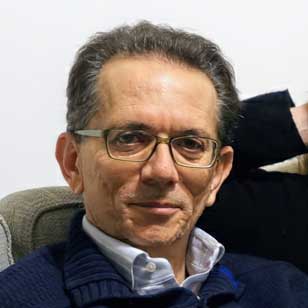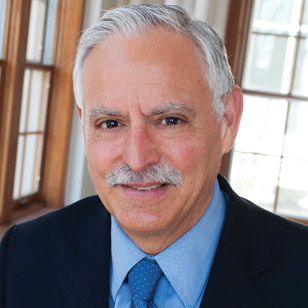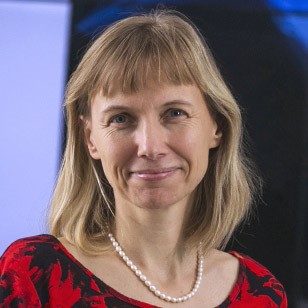
Gabriele Guidi: Track Director
From 1999 Gabriele Guidi began to do research on 3D imaging technologies applied to Cultural Heritage, leading the digitization of important artworks from Donatello and Leonardo da Vinci. He developed methods for integrating active and passive 3D devices, for 3D equipment characterization and for large-scale 3D digitization in museums.He is now involved in the application of 3D Digitization to cultural heritage, industrial design, mechanical engineering, and art.









